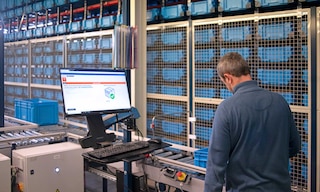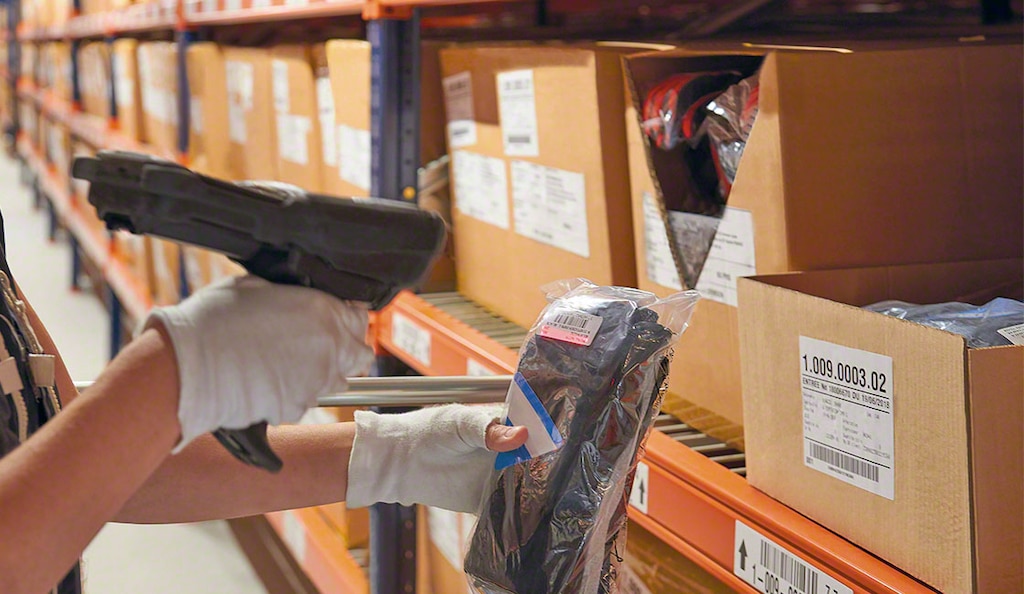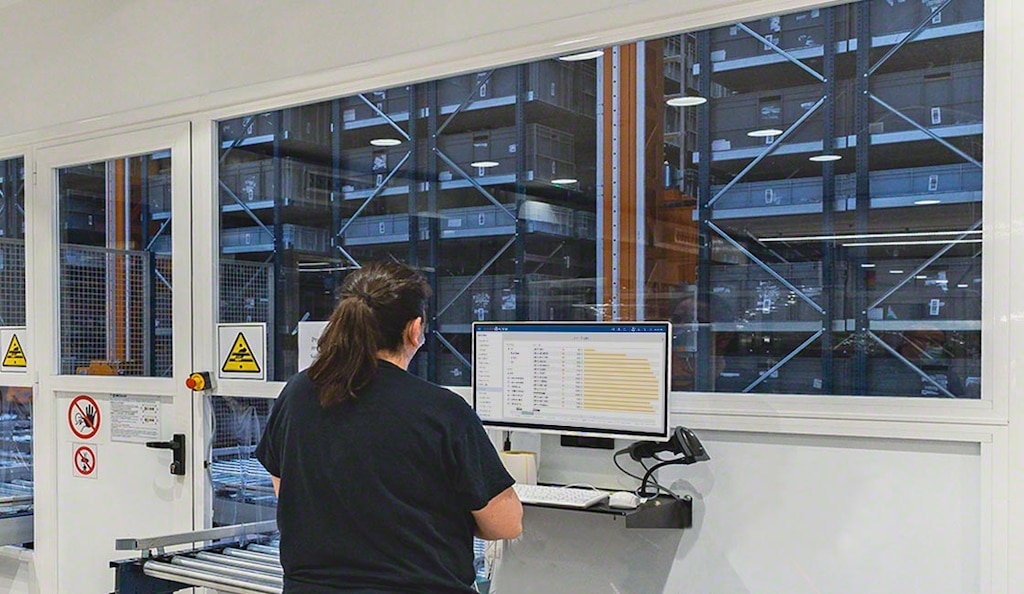
Perpetual inventory: recording stock in real time
Perpetual inventory — also known as continuous inventory — is a stocktaking method whereby goods are updated constantly. That is, incoming and outgoing items are recorded instantly, enabling you to control available stock in real time.
This product management method is especially beneficial in warehouses with multiple SKUs, as a high number of SKUs increases the risk of a stockout. With perpetual inventory, logistics managers have effective control and visibility of products stored at all times.
Perpetual inventory definition
Perpetual inventory is a stock management method that allows you to maintain your quantities of goods constantly updated, fostering real-time product control. To keep track of entries and exits of items from their facilities, companies employ specialized inventory management systems that monitor any movement of merchandise. The software automatically logs goods receipts, order picking, and shipments. It also collects relevant product information such as expiration date or type of unit load.
Perpetual inventory is critical in the logistics operations of businesses that work with many SKUs. By recording merchandise in this way, organizations can reliably manage their stock levels and ensure full product traceability.
Difference between periodic and perpetual inventory
The main difference between a periodic inventory system and perpetual inventory lies in the time interval between each stock count. While periodic inventory is conducted several times a year with a predetermined frequency, perpetual inventory records movements of goods in the warehouse in real time, keeping stock permanently up to date.
Companies that perform periodic inventory (with monthly, bimonthly, or annual counts) don’t have updated stock data at any given time. Therefore, their facilities are more prone to imbalances and stockouts. The solution to improve the accuracy of periodic inventory involves increasing the frequency of stocktaking; however, this entails an additional cost when done manually.
With perpetual inventory, counts are done automatically by means of technology, so workers can go about their normal tasks without interrupting business activity.

What is the advantage of perpetual inventory?
Companies that maintain a perpetual inventory in their warehouses enjoy the following benefits:
- Product control: recording incoming and outgoing goods in the facility lets logistics managers know where each item is located and how many are stored in each slot. Total stock control is key for efficiently managing more complex tasks such as order picking, replenishment, and product returns.
- Real-time traceability: monitoring all movement of goods along the supply chain makes it easy to track them in the various phases they go through, promoting full product traceability.
- Cost optimization: effective inventory management prevents cost overruns in the form of stockouts and dead stock (i.e., SKUs that can’t be sold or included in customers’ orders).
- Fewer errors: with more and more small products, implementing software that performs perpetual inventory is fundamental for avoiding supply shortages and wrong orders.
- Customer confidence: for the 3PL sector, among others, it’s vital to project an image of control and transparency, two benefits of perpetual inventory.
Perpetual inventory is particularly advantageous in warehouses with many SKUs, where it’s not advisable to manage stock only through annual or periodic counts.
How do you record perpetual inventory?
To log in real time the movements produced in your facility (in goods receipt, storage, order picking, shipping, etc.), it’s essential to implement a warehouse management system (WMS). Software such as Easy WMS controls and coordinates everything occurring in the facility to perform perpetual inventory. To do this, the program identifies all goods from the minute they arrive at the warehouse and assigns them a specific location. Then, it sends instructions to the operators on what to do with each product at every turn.
In manually run facilities, workers use RF scanners connected to the WMS. With this technology, operators can comfortably scan and identify each item’s RFID tags. These contain product information that can be read throughout the logistics chain. This way, the software facilitates the tracking of merchandise and crucial aspects such as its origin, destination, or expiration date.
In addition to the goods, the locations and picking carts have their own labels. Every time operators handle a product and scan its barcode, the software records the movement and tells them what to do with the item, eliminating errors.
In the case of automated storage and retrieval systems (AS/RS), incorporating a pallet checkpoint ensures perpetual inventory with little or no operator intervention. Pallets enter the AS/RS via a conveyor and go through the checkpoint (an arch with sensors), which verifies that the goods comply with the stipulated measurements and quality standards. At that moment, the tag is automatically read and recorded in the system, as are subsequent movements. Consequently, logistics managers know the location of all products without operator involvement in their management.

Stock always updated
More and more companies are deploying a WMS to enable perpetual inventory in their facilities. The software limits the risk of stockouts and minimizes order errors that could tarnish your brand image.
Having end-to-end visibility of stock levels is valuable for any type of business. However, it’s especially beneficial for organizations that work with a wide variety of SKUs, as periodic inventory isn’t enough. These companies have an imperative need to maintain perpetual inventory, which means knowing the status of the products in their warehouse at all times.
Perpetual inventory supports Logistics 4.0 through digital information management and the implementation of AS/RS. Want to monitor your product inflows and outflows in real time? Don’t hesitate to contact us. An expert from our software division will advise you on the best options for your business.
